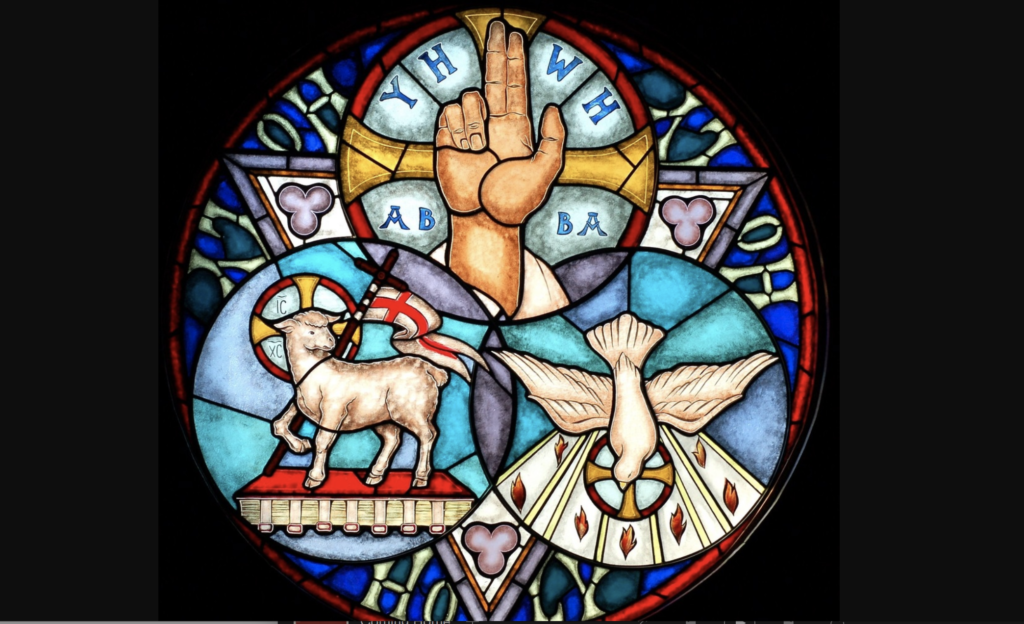UNDERSTANDING GOD AS TRINITY

In the classic, ‘Mere Christianity’, CS Lewis asks us to imagine the difference between three dimensions in the form of figures. A line is one dimensional, but when a series of lines are stacked together, they become a square and two-dimensional. Likewise, when multiple squares in a two-dimensional reality are stacked together, we end up with a three-dimensional cube. The 2-D squares are still components of the 3-D cube and can have an independent existence while still being part of the 3-D structure.
The description of God as a three-person Being is unique to Christianity. The Christian concept of God is briefly stated as ‘one in being, three in person’. While God is One, we see and experience three distinct co-equal manifestations or personalities of that one God- the Father, Christ the Son and the Holy Spirit.
The Bible teaches us that all three existed since creation and the beginning of time. God the Father is the source of origin of all creation and life as well as the one who loves us and to whom all things flow toward. God the Son, though present from the beginning of time, came down to earth and lived life as a human being. In dying on the cross, he paid the price for our sins and became the mediator between the sinful man and the sinless God. The Holy Spirit, also present from the beginning of time and described in Genesis 1, was seen in an interspersed manner in the Old Testament history of Israel. However, once Christ completed his salvation work, the Spirit becomes the indwelling presence for all who received the sacrifice of Christ. This diversity of function within the Trinity is reflected in Paul’s statement,
“May the grace of the Lord Jesus Christ, and the love of God, and the fellowship of the Holy Spirit be with you all”(2Corinthians 13:14)
All other explanations of God, including a strict unitarian monotheism as in Islam and Judaism, an impersonal God as in pantheism or polytheism with its multiple finite gods, come short on understanding God in a logical way. And while these systems eventually come up with contradictions, the Christian concept of God, while still retaining a legitimate mystery about God, helps to understand the mystery without contradiction.
If we develop Lewis’ example further, imagine a creature that lives in the 2-D world, trying to figure out the nature of the 3-D cube that it is part of. It can never fully conceptualize a 3-D structure, but can understand and appreciate the reflections that the 3-D cube throws on a 2-D world. And so while the cube is one, it has 6 square faces and a 2-D creature sees and experiences its different faces, knowing that each face is different, but ultimately is 1 cube. And so when the cube (God) came down to touch its creation (the earth), which can experience only a 2-D reality, what the earth sees is the divine square (Christ). And so Christ could thus be fully human and fully God at the same time without contradiction. Not only so, we understand how the Trinitarian concept of the One God is the only way to understand and appreciate all that needs to happen for man to move from his state of death and despair to one of life and hope.
